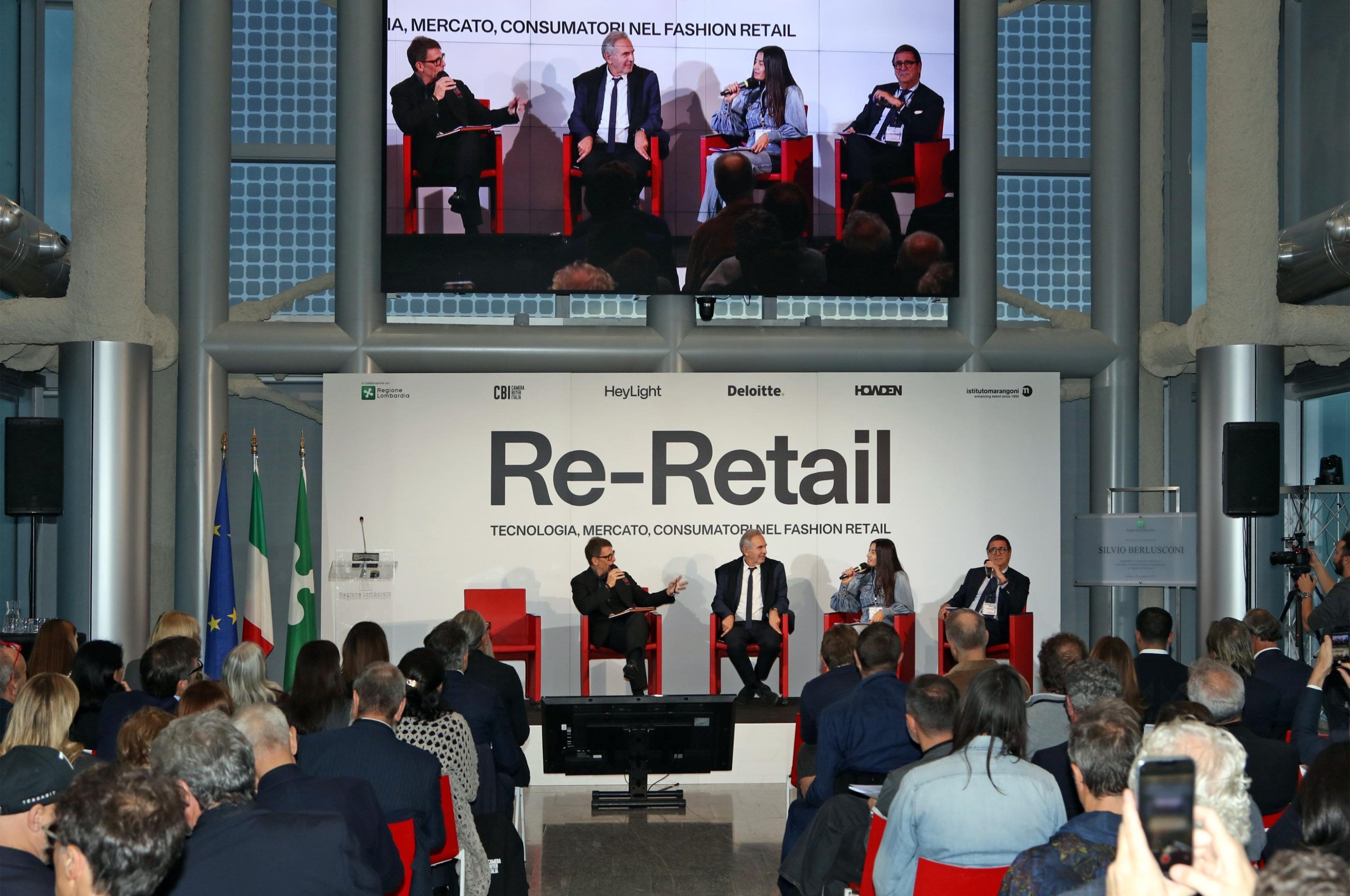Multibrand stores turn to innovation and customer-centric approaches to navigate market challenges
Key Takeaways:
- Italy’s independent fashion and luxury retailers are facing challenges due to economic instability, luxury brands’ direct-to-consumer strategies, and e-commerce competition.
- Industry leaders advocate a return to basics, focusing on personalized curation and creating unique in-store experiences to retain customers.
- Retailers are increasingly focusing on up-and-coming brands to attract consumers, while maintaining brick-and-mortar stores for those who value in-person shopping.
- The shift away from marquee brands in multibrand stores is seen as limiting accessibility to trend-driven customers.
- Long-term profitability and investment in innovation are considered essential for the survival and evolution of multibrand retailers.
Italy’s independent fashion retailers, renowned for their role in supporting emerging brands and driving local fashion trends, are facing mounting challenges. As economic uncertainty looms and geopolitical unrest shakes consumer confidence, these retailers are grappling with the effects of sluggish e-commerce performance, luxury brands shifting to direct retail, and increased competition from online discount retailers.
At the “Re-Retail: Technology, Market and Consumers in the Fashion Retail World” summit, organized by Camera Buyer Italia, a group representing around 100 luxury and fashion retailers in the country, experts emphasized the need for a return to basics. This approach focuses on tailoring product offerings to local tastes and creating memorable in-store experiences that go beyond mere transactions.
Luis Sans, CEO of Barcelona’s Santa Eulalia boutique, highlighted this strategy, stating, “Our recipe at times of uncertainty has always been ‘back to basics,’ honing in on what we do best, which is listening to our clients and defining our offering based on their current needs.” Sans raised concerns over the shrinking gray market, which had been a key revenue stream for independent retailers. This shift followed global luxury brands adopting direct-to-consumer models.
Roberta Banaglia, CEO of Style Capital, echoed these concerns, suggesting that neglecting multibrand retailers in favor of mono-brand stores could alienate trendy consumers. “I believe that in the long term, the total absence of marquee brands at multibrand retailers will impact their accessibility to a certain client who is curious and trendy,” Banaglia stated.
A study by HeyLight, a payment service provider for Compass Bank, surveyed approximately 90 fashion retailers affiliated with Camera Buyer Italia. The results revealed that 64% of these retailers are prioritizing up-and-coming brands, while 36% remain focused on established names to drive high sell-through rates.
Despite the rise of e-commerce, many in the industry believe brick-and-mortar stores remain essential. Bob Mitchell, Co-CEO of the Mitchells retail group, remarked,
I think every luxury customer, if you ask them today, ‘do they want to shop in a number of monobrand stores, or would they rather go to one store, and have it all curated for them?’ I would say 100% of the customers would rather shop in a multibrand environment.”
Retailers like Antonioli Claudio, founder of Dreamers Factory and the Antonioli store, see the primary challenge as optimizing market demands and evolving beyond transactional experiences. Claudio, along with Mitchell, underscored the need for retailers to innovate their concepts and provide personalized, hospitality-driven shopping journeys.
Philosopher and sociologist Gilles Lipovetsky reflected on the importance of innovation, noting, “Multibrand retail can’t help but renew itself and innovate. It’s not some marketing whim; it’s a vital necessity.”
